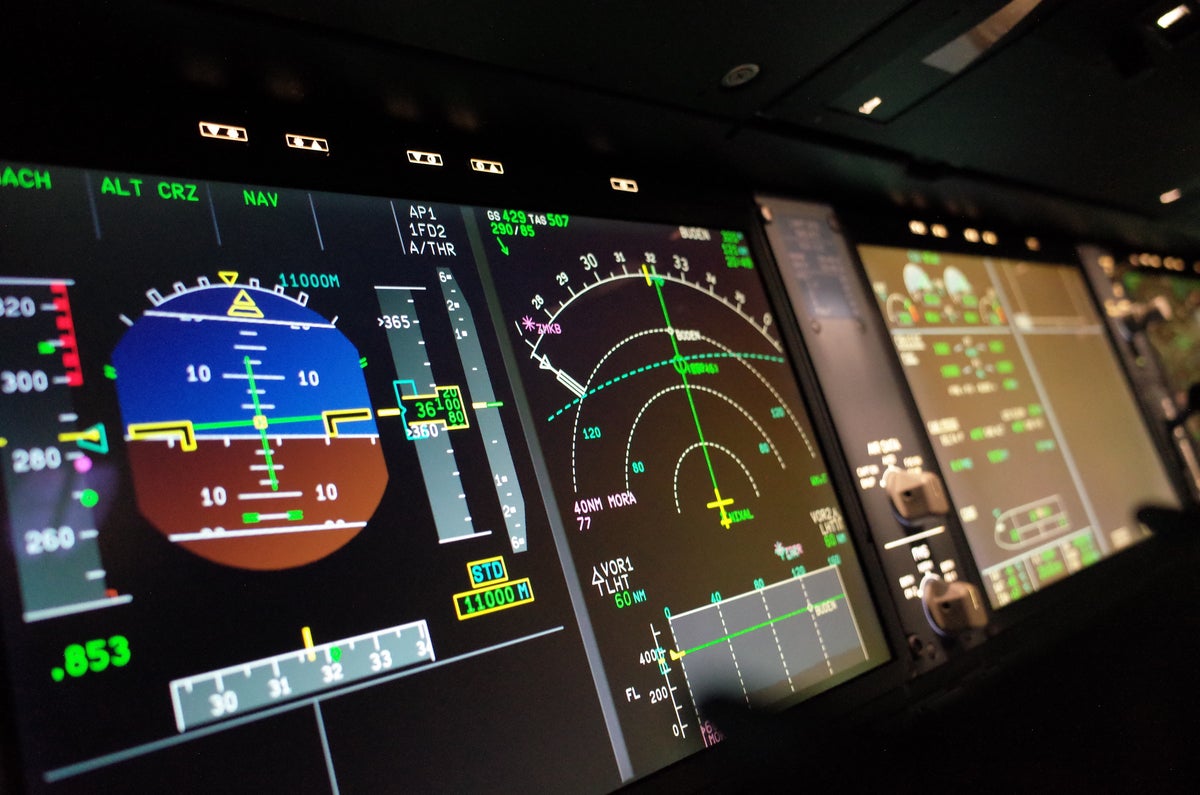

Oracle JDK Mission Control 9 adds dark theme, configurable JVM browser
source link: https://www.infoworld.com/article/3715364/oracle-jdk-mission-control-9-adds-dark-theme-configurable-jvm-browser.html
Go to the source link to view the article. You can view the picture content, updated content and better typesetting reading experience. If the link is broken, please click the button below to view the snapshot at that time.
Oracle JDK Mission Control 9 adds dark theme, configurable JVM browser
Tool kit for monitoring, managing, profiling, and troubleshooting Java applications now requires JDK 17 or later to run.

Armin E / Shutterstock
Oracle has released JDK Mission Control (JMC) 9, an update to the tool kit for monitoring, managing, profiling, and troubleshooting Java applications that adds a dark theme and makes the frequency of JVM checks configurable.
The most significant change is that JMC now must use JDK 17 or later to run.
JMC 9 was unveiled on April 21. Binaries can be downloaded from oracle.com. While JMC 9 requires JDK 17 or later, it still can read Java Flight Recorder (JFR) recordings from JDK 7u40 or later. JMC and the JFR profiling and event collection framework together offer a tool chain to collect runtime information for after-the-fact analysis.
Also with JMC 9, JMC has been updated to use the Eclipse 4.30 SDK and supports a dark mode, which can be enabled by going to Settings > General > Appearance and selecting the “Dark” theme. The JVM browser has been updated to allow users to configure the frequency of checks for new JVMs (go to Settings > JDK Mission Control > JVM Browser > Local).
Other changes in JMC 9:
- The Event Checkpoint Limit has been updated to go beyond the u4 limit, thus following a change introduced to JFR in JDK 20.
- The Event Browser now allows searching for events by Event Type ID. The ID also now can be displayed as a column.
- The Flame Graph now will be rendered using Java Swing, instead of using an embedded browser, as it did before. The move to Java Swing comes with graphical updates and improvements to model creation and performance.
- For GraalVM users, it now is possible to enable JFR on a native image.
- A new Inverted Parallelism rule checks how efficiently parallel garbage collectors execute.
- The rules engine that automatically checks a JFR recording for performance bottlenecks and other issues has added a few new rules.
Recommend
About Joyk
Aggregate valuable and interesting links.
Joyk means Joy of geeK